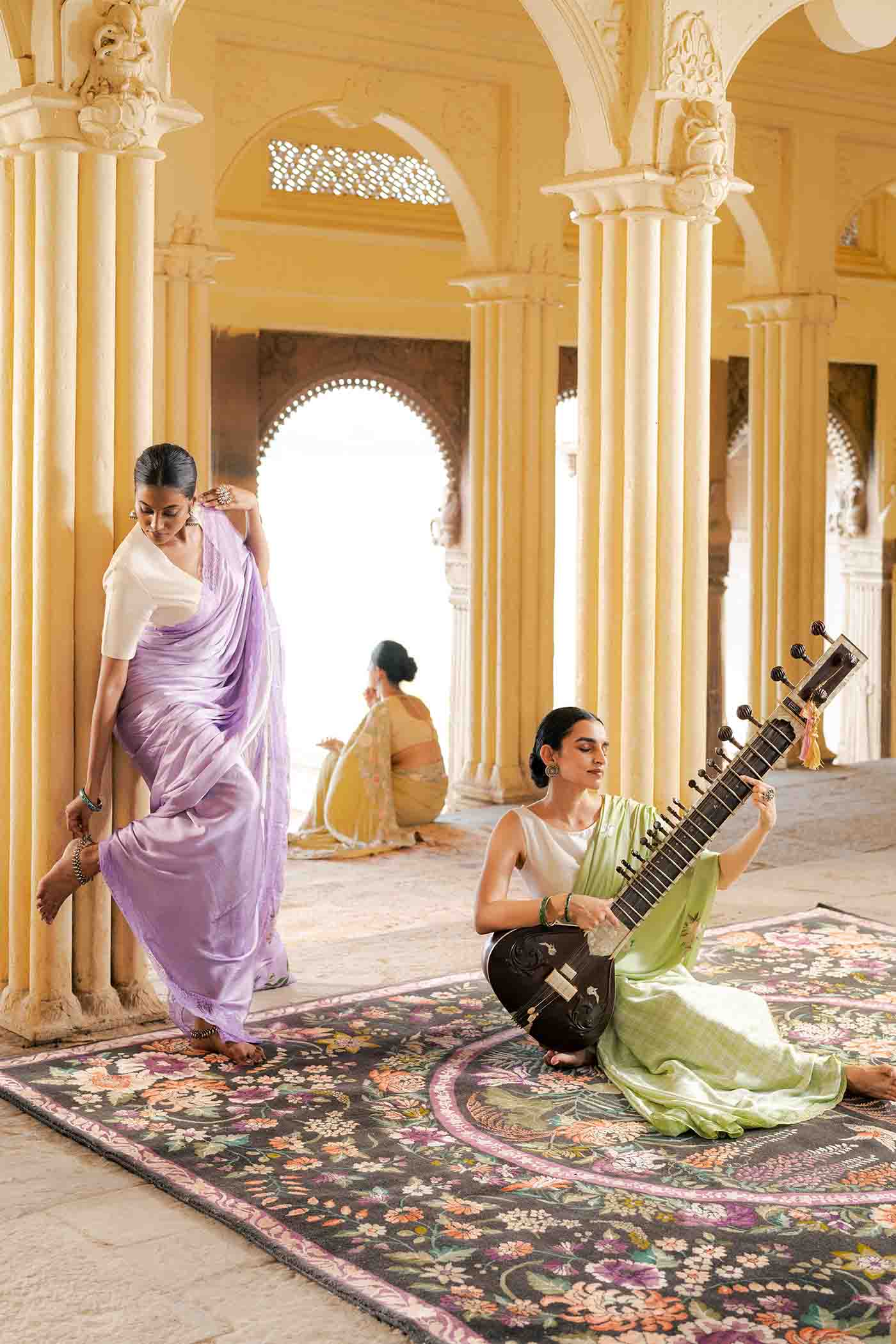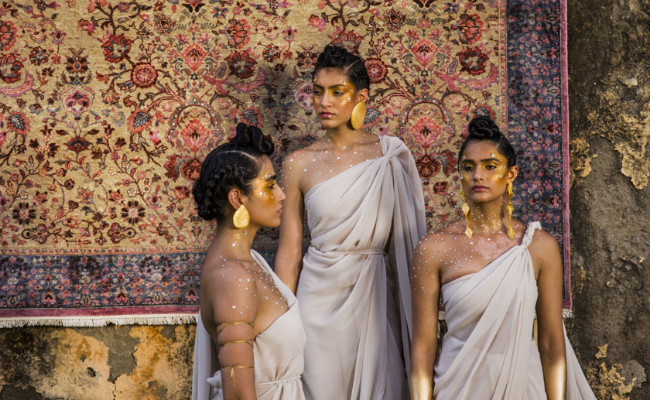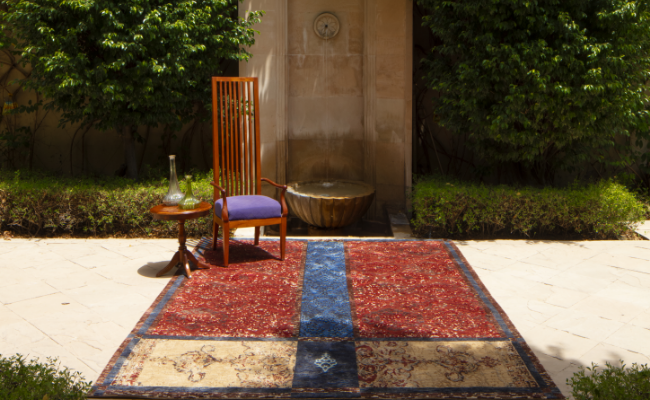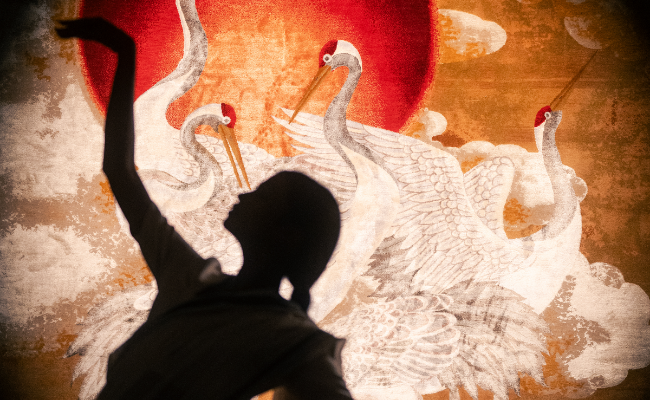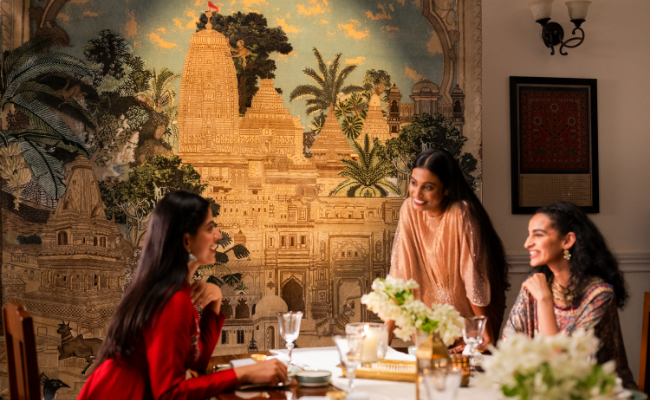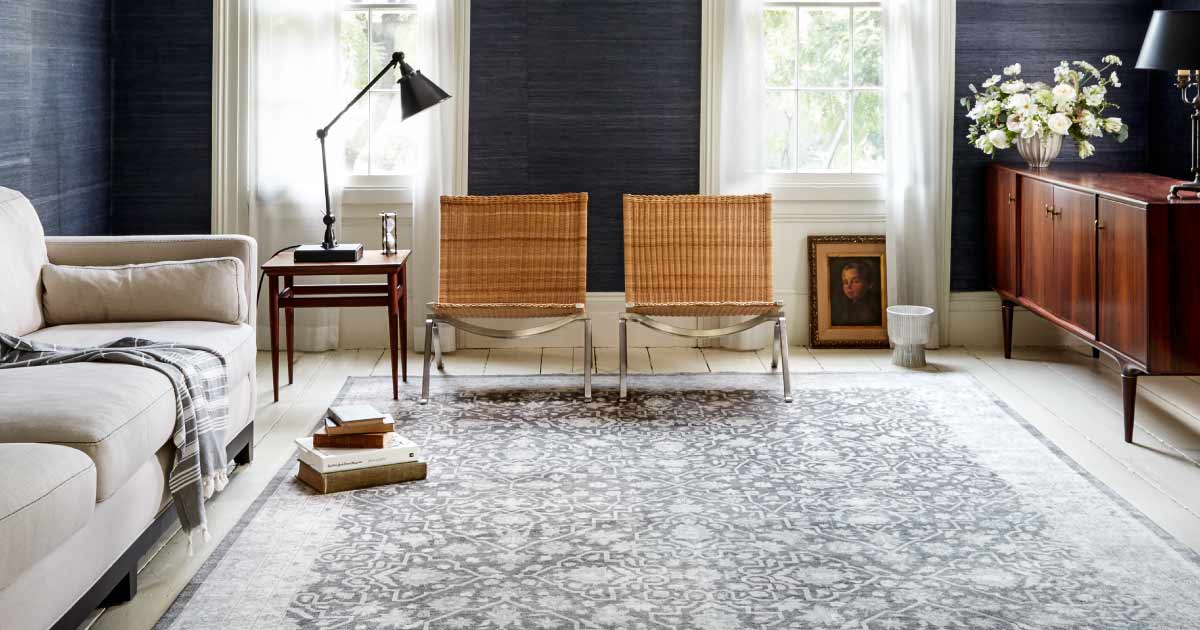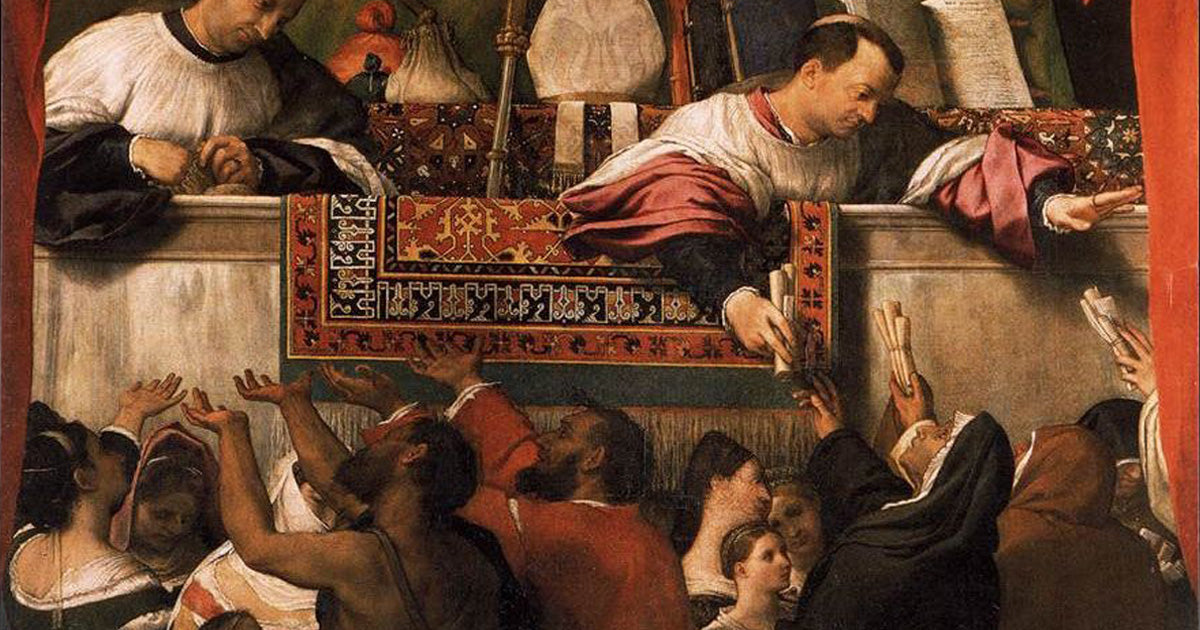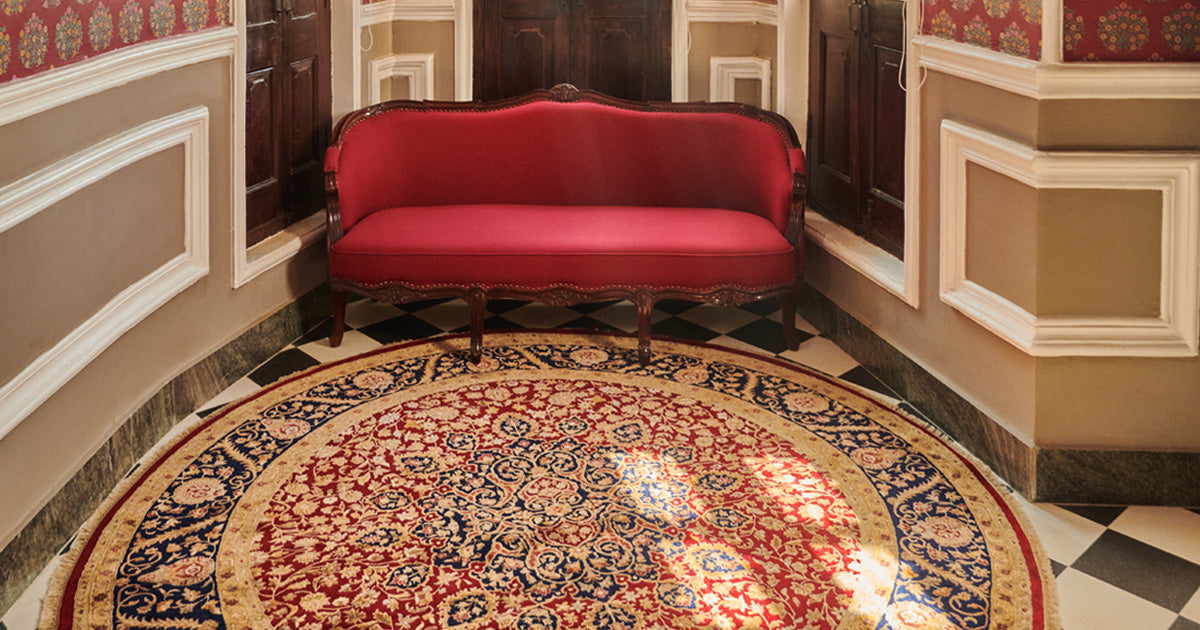
Revisiting Classic Museum Quality Rugs
It is not a mystery that carpets and rugs are extremely magnificent pieces. Results of highly skilled craftsmanship, they have long been associated with the display of one’s power and wealth. History is rife with extraordinary relics that were produced almost everywhere in the world. Their mere existence can be perfectly captured by the term ‘precious’. Extremely priceless and valuable, a product of an artisan’s creativity and precision, carpets have found a place in the most highly-acclaimed exhibits all over the globe. From the finest Oriental carpets belonging to the ancient era to the medieval era Persian specimens of Royalty, we have curated a collection of Museum quality rugs. These rugs have been celebrated overseas and have long adorned the interiors of the Metropolitan Museum of Art, Philadelphia Museum Of Art and the Victoria And Albert Museum. They are our very own tribute to history and heritage. These rugs are live examples of artefacts boasting an everlasting legacy.

The carpets included in the Museum Quality collective are Obeetee’s rendition of the finest calibre weaves to ever exist. One can ascertain the extraordinary quality of these rugs by looking at the high density of knots, per square inch used while weaving them. These carpets comprise of approximately 300 knots per square inch, which translates to them having a relatively high density. Undoubtedly, these pieces of artwork are exquisite and have significantly shaped the periods that they belong to.
Let us delve deeper into the pieces that collectively make up our Revisiting Classics Rug collection.
Hunting Tabriz
A type of carpet that comes in the category of antique Persian rugs, this carpet belongs to the city of Tabriz, in present day north-western Iran. The rug features the tale of ‘Bahram Gor’ Hunting Scene. The intricate pattern and the Nastaliq calligraphy give the rug its royal, exquisite character. The patterns that make up the Tabriz carpets are often derived from the literary works of Oriental poets. Generally, these rugs depict battle scenes and are inspired by the hand-painted covers of ancient manuscripts. The string material used for very fine rugs such as this one is mostly cotton or silk.
Ardebil
The name Ardebil is derived from two different magnificent Persian carpets, the bigger and more popular of which is now in the Victoria and Albert Museum. Originally, there have been evidences of two identical carpets but after restoration and reconstruction, sections from both have been adopted. The patterns and designs made on the carpets woven in Ardebil are inspired by Caucasian motifs like Shirvan, Karabagh and Gendje. Albeit thin, Ardebil carpets feature exquisite geometric motifs. The Ardebil carpets sold nowadays are generally good-quality runner rugs.
Pazyryk
The earliest rug to ever come into existence, the Pazyryk was discovered from the Altai Mountains in Siberia in 1948. It is the oldest existing hand-knotted relic and an excellent living example of an ancient Oriental rug. Excavated from 5,400 feet above the sea level near the province of Pazyryk, it was procured from the grave of Prince of Altai. This valuable addition to history revealed significant information about royal burials. The Prince of Altai was buried with a number of other prized possessions, including the Pazyryk rug. However, soon after the grave was robbed off of its precious articles, with the exception of the Pazyryk, which was left to the due course of nature to act on it. Thus, a semi-frozen artefact was discovered much later, in 1948.
The Pazyrykis adorned with elaborate and intricate floral motifs and symbols representing the sun, giving the rug its magnificent character. The rug also features an excellent gridwork and is made up of concentric squares separated by borders.
Tree Of Life
A truly symbolic piece of splendour, this relic celebrates history, mythology and heritage. The Tree Of Life as depicted on the Kirman pictorial carpet represents eternal life, and forms an essential theme in mythology and religion. All the motifs in the rug symbolize the connection between heaven and earth. A popular symbol in Persian carpets, the Tree Of Life, symbolizes the connection between the various elements of nature. A rare creation, woven by the Baluchi Tribes of Persia, the design features on prayer rugs and is sacred to the people of Persia. The origins of this design are traced back to Central Asia, most likely from the Shamanic cultures. The Tree Of Life is very prominent in rugs from Afghanistan to Eastern Europe and is extremely significant in Central Asian carpet weaving cultures.
These four relics from the advent of the carpet-weaving cultures have found themselves a venerable place in our Classic Museum collection. Our renditions of these pieces, which have a significant place in history and continue to bear an everlasting legacy, are exquisite and extremely well-crafted by skilled artisans. To elevate and transform your house by adding a touch of Persian finesse, be sure to check out our Revisiting Classics Collection on Obeetee.in .


